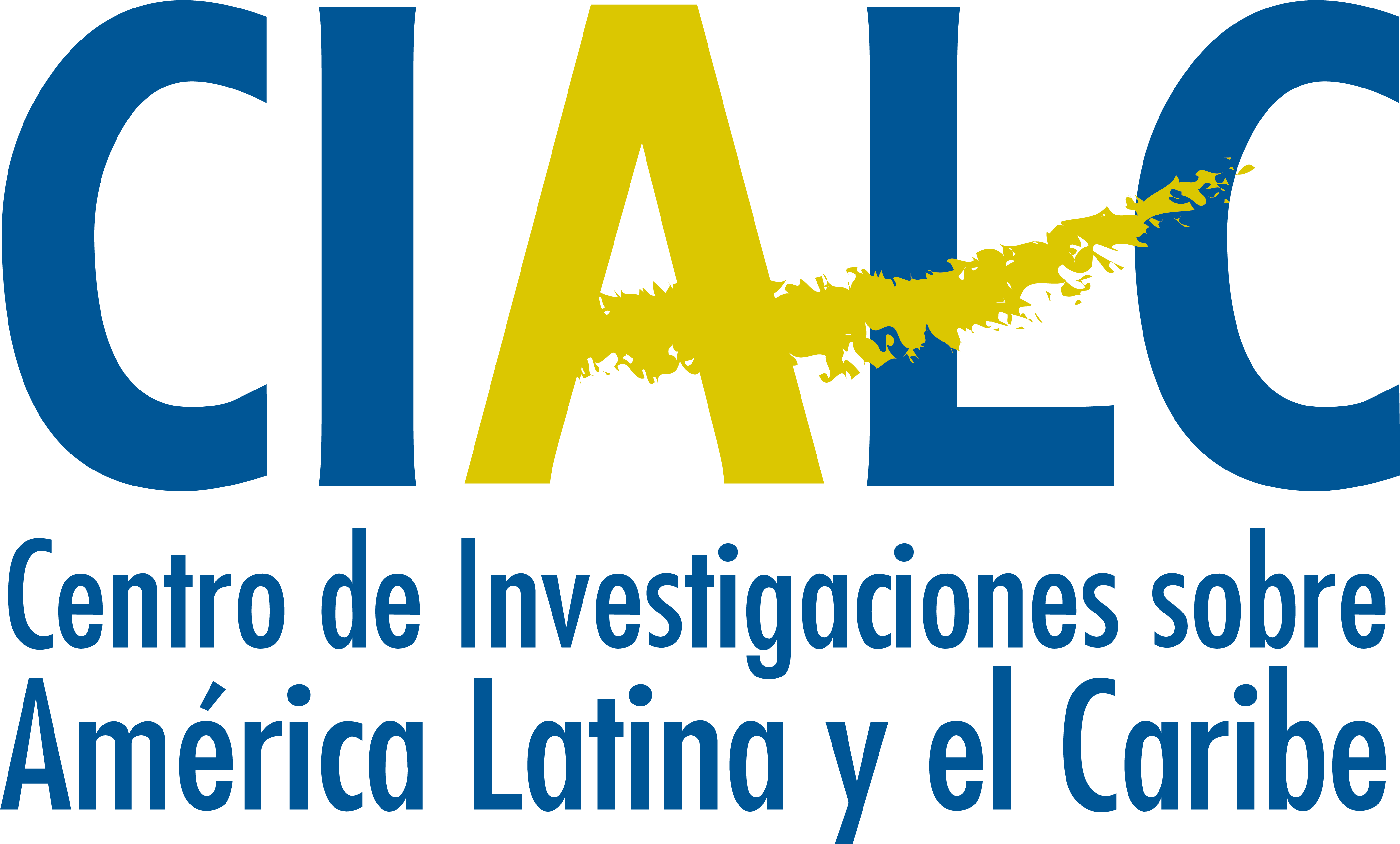Aviso de privacidad
Use el DOI o este identificador para enlazar este recurso:
https://rilzea.cialc.unam.mx/jspui/handle/CIALC-UNAM/A_CA286Registro completo de metadatos
| Campo DC | Valor | Lengua/Idioma |
|---|---|---|
| dc.rights.license | Creative Commons CC BY-NC-ND 4.0 Internacional, https://creativecommons.org/licenses/by-nc-nd/4.0/legalcode.es (2022-01-27) | - |
| dc.creator | Véjar Pérez-Rubio, Carlos | - |
| dc.date.accessioned | 2019-07-25T17:25:51Z | - |
| dc.date.accessioned | 2019-11-06T16:40:07Z | - |
| dc.date.accessioned | 2022-01-27T23:35:34Z | - |
| dc.date.available | 2019-07-25T17:25:51Z | - |
| dc.date.available | 2019-11-06T16:40:07Z | - |
| dc.date.available | 2022-01-27T23:35:34Z | - |
| dc.date.issued | 2011 | - |
| dc.identifier.issn | 0185-156X | - |
| dc.identifier.uri | https://rilzea.cialc.unam.mx/jspui/handle/CIALC-UNAM/A_CA286 | - |
| dc.description.abstract | El presente ensayo analiza el tema del desarrollo urbano, la arquitectura y la cultura ambiental de la región del Gran Caribe a partir del concepto ambiente como unidad del hombre y el entorno, natural y artificial. Se hace una somera caracterización de la cuenca de los huracanes, su devenir histórico, sus condiciones geográfico-físicas y las formas de vida que en ella se recrean, en las que se expresan la pobreza material y la desigualdad social que privan en la región. Y se expone asimismo la enorme riqueza cultural de la que paradójicamente ha estado siempre dotada, cuya proyección es universal. | - |
| dc.description.abstract | In this essay, the author analyzes the subject of urban development, architecture and environmental culture in the Great Caribbean region, departing from the concept of environment as the unification of man and his natural and artificial surroundings. The author makes a brief characterization of the hurricane basin, its historical development, its geographical and physical conditions and the life forms that multiply in it, expressing the material impoverishment and social inequity that deprive the region. The author expounds upon the enormous cultural richness that, paradoxically, has always characterized the region and been known all around the world. | en |
| dc.format | application/pdf | - |
| dc.format.extent | 139.54 KB | - |
| dc.language.iso | spa | - |
| dc.publisher | Universidad Nacional Autónoma de México. Centro de Investigaciones sobre América Latina y el Caribe | - |
| dc.rights | openAccess | - |
| dc.rights.uri | http://creativecommons.org/licenses/by-nc-nd/4.0 | - |
| dc.subject | Colonialismo Caribe | - |
| dc.subject | Identidad cultural | - |
| dc.subject | Cultura caribeña | - |
| dc.subject | Arquitectura caribeña | - |
| dc.subject | Urbanismo | - |
| dc.subject | Sincretismo | - |
| dc.subject.classification | Humanidades y de las Artes | - |
| dc.subject.other | Caribbean colonialism | - |
| dc.subject.other | Cultural identity | - |
| dc.subject.other | Caribbean culture | - |
| dc.subject.other | Caribbean architecture | - |
| dc.subject.other | Urban planning | - |
| dc.subject.other | Syncretism | - |
| dc.title | Identidad ambiental del Gran Caribe | - |
| dc.type | Artículo | - |
| dc.type | article | - |
| dc.type | publishedVersion | - |
| dcterms.bibliographicCitation | Véjar, C. (2011). Identidad ambiental del Gran Caribe. Cuadernos Americanos, 3(137), 165-179. https://rilzea.cialc.unam.mx/jspui/handle/CIALC-UNAM/A_CA286 | - |
| dc.rights.holder | La titularidad de los derechos patrimoniales de esta obra pertenece a: Universidad Nacional Autónoma de México | - |
| dc.audience | students | - |
| dc.audience | researchers | - |
| dc.audience | teachers | - |
| dc.metadataRights | Los metadatos fueron descritos por la Universidad Nacional Autónoma de México, Centro de Investigaciones sobre América Latina y el Caribe (Centro de Información y Documentación), su uso se rige por una licencia Creative Commons BY-NC-ND 4.0 Internacional, https://creativecommons.org/licenses/by-nc-nd/4.0/legalcode.es, fecha de asignación de la licencia 2022-01-27, para un uso diferente consultar al responsable jurídico del repositorio por medio del correo electrónico cialc-sibiunam@dgb.unam.mx | - |
| dc.relation.ispartofjournal | http://www.cialc.unam.mx/ | - |
| dc.publisher.location | MX | - |
| Aparece en las colecciones: | Artículos | |
Texto completo:
| Archivo | Descripción | Tamaño | Formato | |
|---|---|---|---|---|
| CA_137_9.pdf | 139.54 kB | Adobe PDF | Visualizar/Abrir |
Este recurso está sujeto a una Licencia Creative Commons



